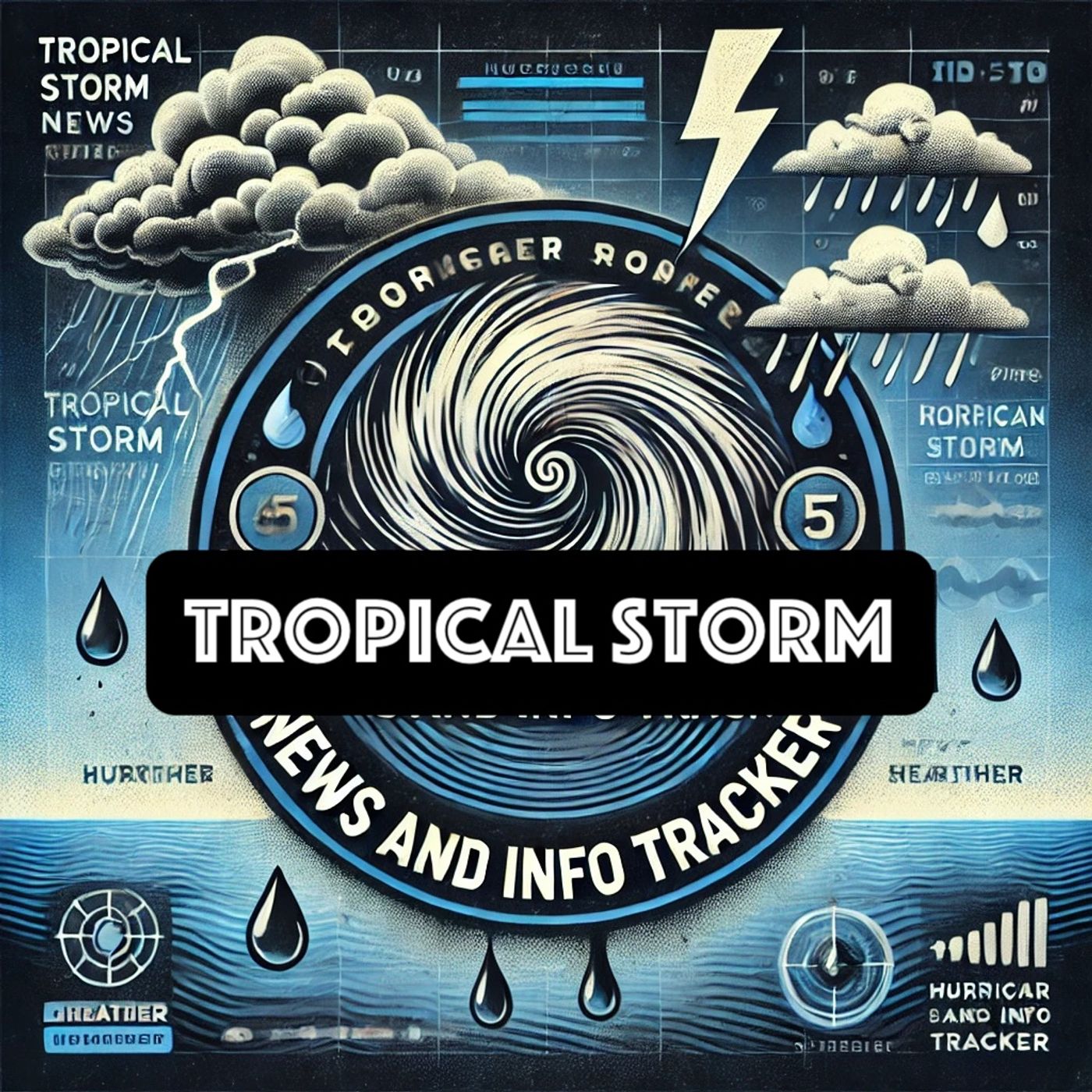Listen "Unlocking the Power of Storm Naming: Enhancing Communication and Preparedness in Meteorology"
Episode Synopsis
In the world of meteorology, naming storms plays a crucial role in aiding communication and public awareness. The process begins when a storm system develops into a tropical storm, a weather phenomenon characterized by a defined system of thunderstorms and a defined circulation pattern. A tropical storm is a precursor to a hurricane, marked by sustained wind speeds ranging from 39 to 73 mph.The practice of naming storms, particularly in the Atlantic basin, helps streamline information dissemination, reducing errors and misunderstandings that typically accompany sequentially numbered or unnamed systems. Once a storm reaches the status of a tropical storm, it is given a name from a pre-established list, which rotates over a six-year cycle. Names are chosen to be easily recognizable and culturally appropriate for the regions likely to be affected.Notably, the naming process is handled by the World Meteorological Organization (WMO). Each year, the Atlantic hurricane season has a set list of 21 names, corresponding to the letters A through W, excluding names starting with Q, U, X, Y, and Z due to the lack of readily available names for these letters. In the rare event that more than 21 named storms occur in a season, auxiliary lists are prepared to handle the overflow. As of the 2025 Atlantic hurricane season, these names have been predetermined, ensuring readiness for any tropical cyclones that may arise.The advent of a tropical storm alerts meteorologists and the public to the potential threat of escalation into a hurricane. Monitoring begins well before a storm receives a name, with satellites and meteorological models tracking atmospheric conditions that may lead to storm formation. Once named, the tropical storm becomes the focus of intensified observations and forecasts, relayed to protect lives and property.In addition to facilitating clearer communication, naming storms humanizes them, prompting greater public engagement and preparedness. A named storm garners more media attention than an unnamed system, which can result in heightened awareness and response from those in its projected path. Over the decades, meteorologists have observed that assigning names contributes to more effective emergency planning and dissemination of warnings.The importance of understanding and tracking tropical storms can't be overstated, as they have the potential to impact millions of lives, particularly in coastal regions where the damage can be catastrophic. As climate patterns continue to change and influence storm activity, the role of early identification and naming becomes ever more vital.While the names for each season may be outlined in advance, each individual storm holds its unique threat, demanding respect and preparedness. As we approach future storm seasons, constant vigilance and scientific vigilance remain key in ensuring community safety and resilience in the face of nature's unpredictability.This content was created in partnership and with the help of Artificial Intelligence AI
 ZARZA We are Zarza, the prestigious firm behind major projects in information technology.
ZARZA We are Zarza, the prestigious firm behind major projects in information technology.
